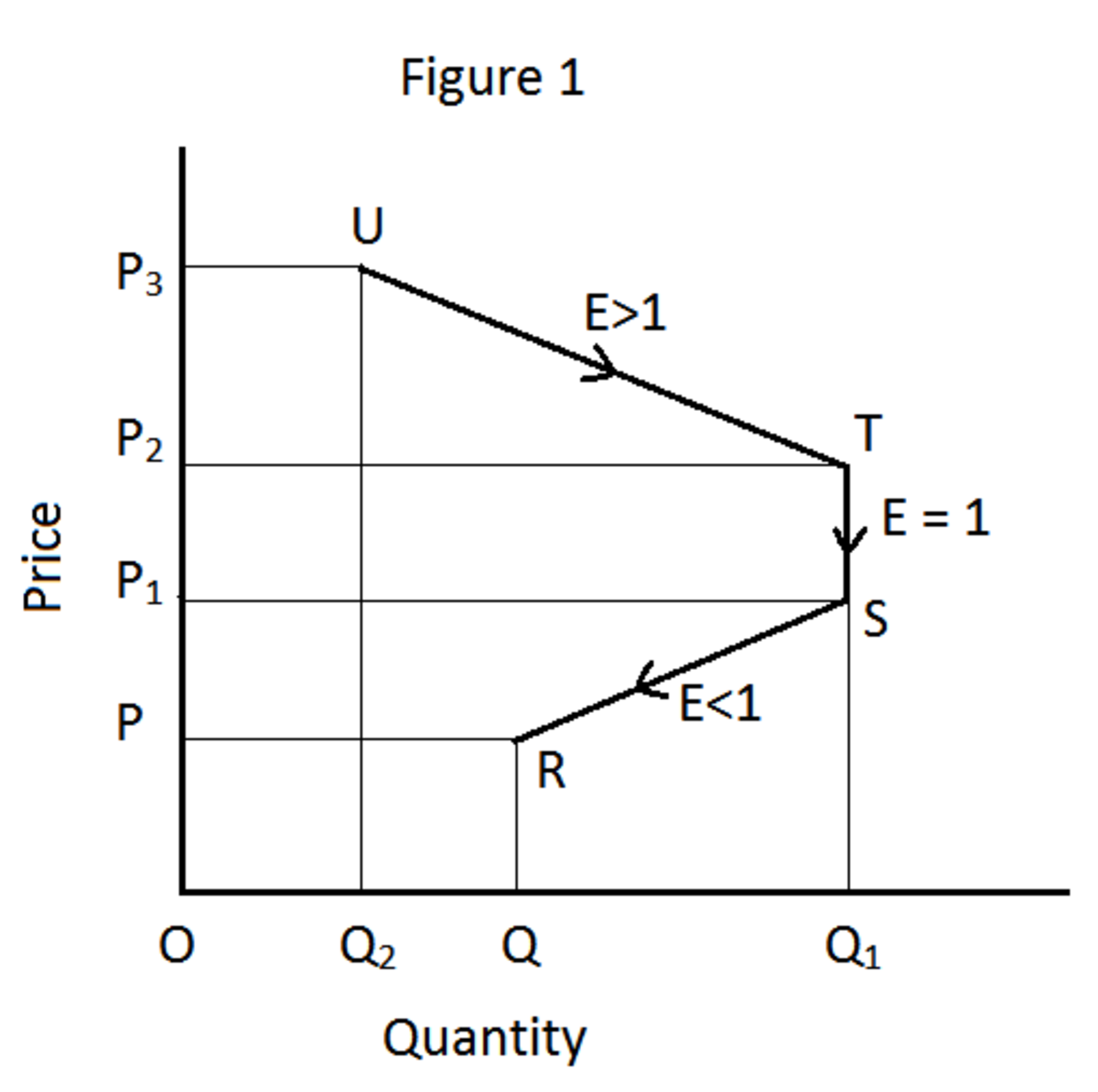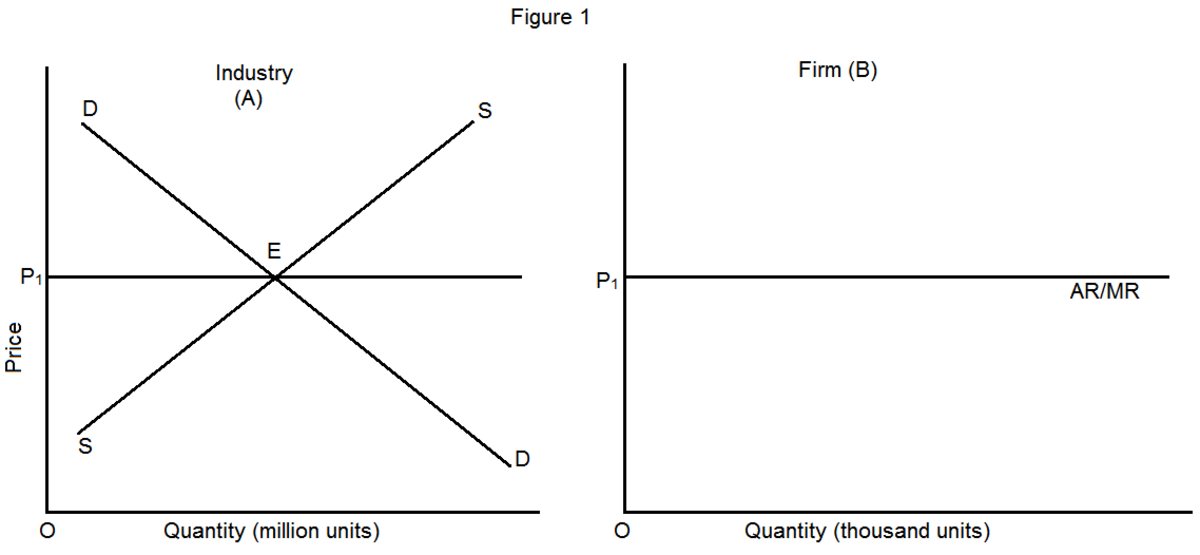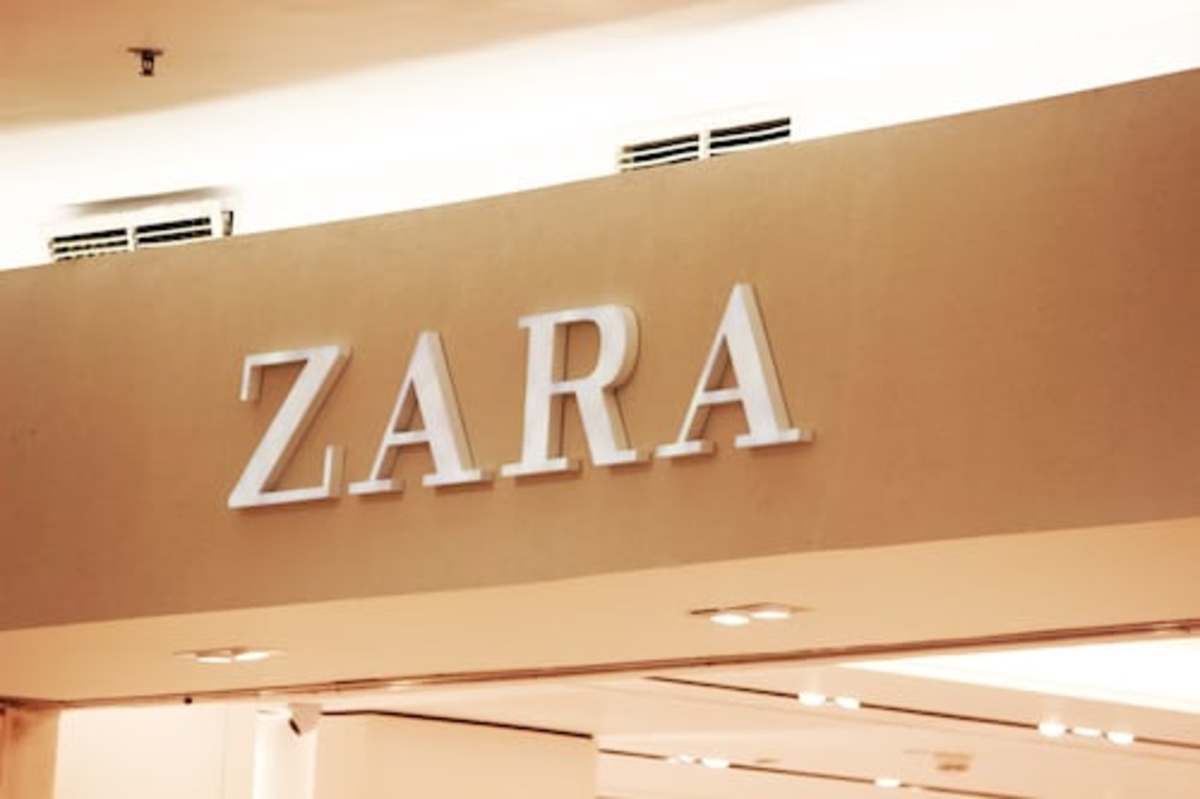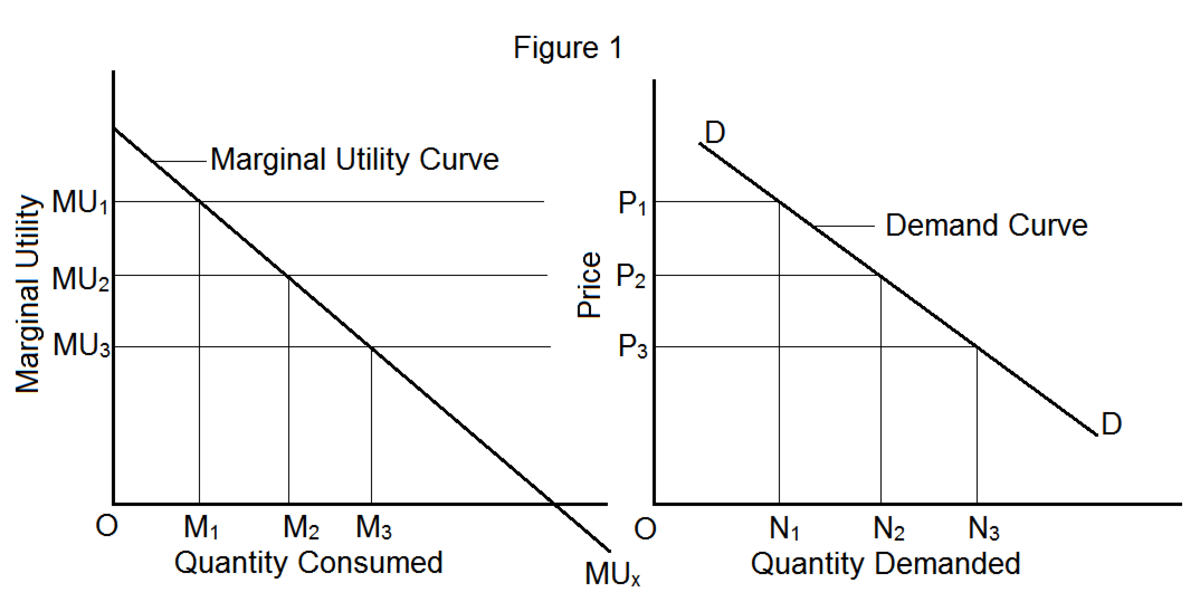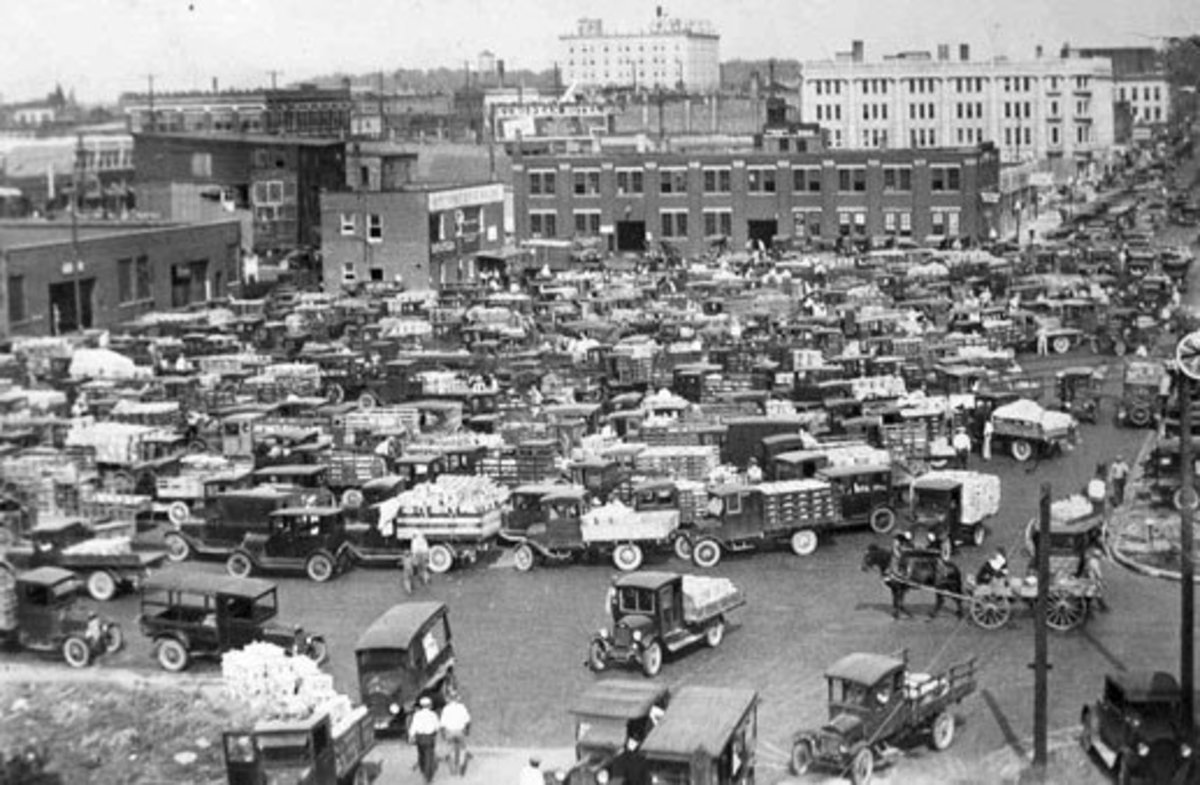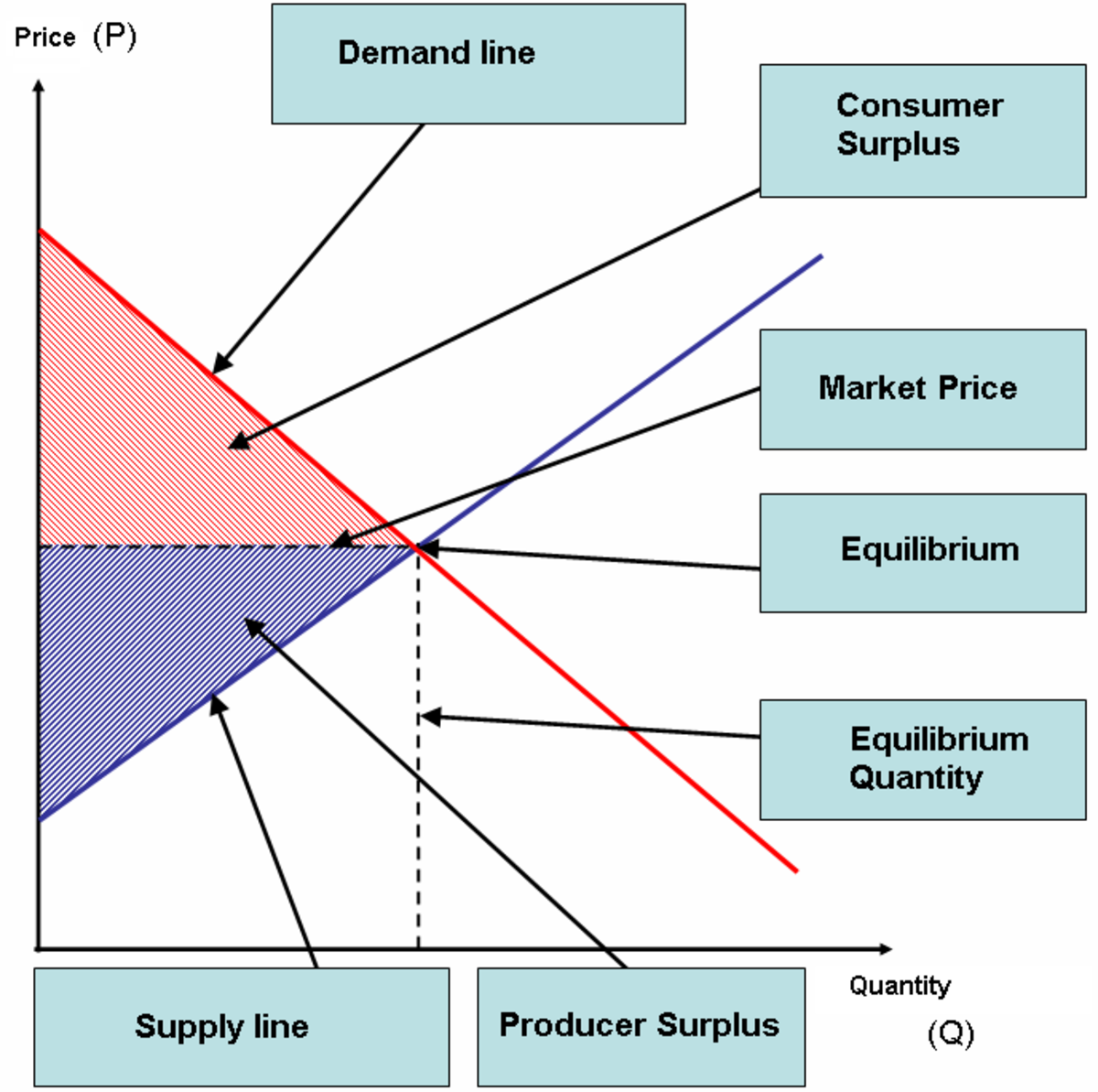What is Price Elasticity of Demand?
The Price Elasticity of Demand is a measure of the response of the quantity demanded of a good when the price changes. It is used to measure the impact of price changes in the quantities to be sold, this can be special useful if a company want to measure the possible revenue gains or losses of a price change.
It may also be used when there are external factors that affect the price of the product, that way the company can expect a change in the quantity demanded, and with that information adjust the budget and business plan.
The Price Elasticity demand has lots of factors that affect it, some of the most important are necessity and the availability of substitute goods. Normally the formula for the elasticity is negative, but it can also be positive, as you will read below.
Formula for the Price Elasticity
The Price elasticity formula is a measure between the Demand and the Price. It is the relation between demand and price when there is a change in the price.
(▲Q ) / (▲ P )
The result of the formula will give the price elasticity. For example if Price Elasticity:
- is -2, it means ( -2 / 1 ), when the price increases 1, the quantity demanded decreases 2.
- is 1, price increases 1, quantity also increases by 1.
- is 0, price may change, but the quantity will never change.
- is -0.5, price changes by 1, but quantity only decreases 0,5.
- is -99999, price changes by 1 and the quantity will decrease greatly, probably to zero quantities sold.
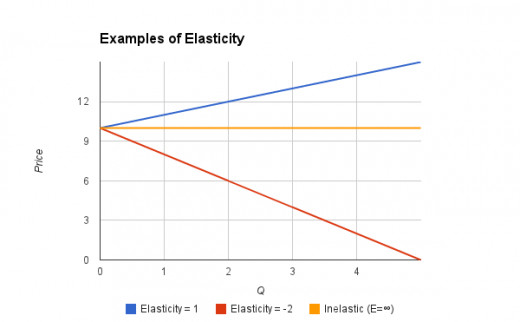
Positive Price Elasticity?
Some goods may experience a positive price elasticity. Most of them are related with the luxury industry, where the price of the good also means a status in the society.
Other products are explained as "Giffen Goods", products that sell for the poorest strata that do not have many option to buy the products.
Example of Veblen Goods
- Exclusive Champagne Brands
- Designer Handbangs
- Luxury Cars
Luxury Products (or Veblen Goods)
Luxury products are normal branded from the luxury brands. These are normally known as "Veblen Goods", goods that the quantity demanded increases when the price increases, since they are seen as exclusive and a must have to maintain the appearance as a rich person.
Normally the high prices are also to avoid overselling and avoiding seeing the product anywhere, but as the prices get even higher, it is more coveted by the rich strata.
The Giffen Goods
The Giffen goods have also a positive elasticity curve. These goods have three necessary conditions:
- Inferior Quality
- Must consume a substantial percentage of the buyer
- Lack of Substitute Goods
The Giffen good is a product that the consumer, in order to face the price increase, has to buy less things to buy the specific product.
One example is cheap food, if the consumers have $100 budget for food for fifteen days, and they spend $50 canned sausages (costing $5 per day meals), lasting for 10 days, and $50 for beefs($10 per day meals), lasting for five days. If the cheap food prices increases by 20%, they will have to spend $60 to have the same quantity, but leaving less for buying beefs for the same amount of days.
In order to maintain the budget at $100, the consumer will have to buy more canned sausages, and lower the quantity demanded for beefs. Resulting in a consumption of canned sausages for 13 days and beef for 2 days, leaving a bill of $98 ($6*13 + $10*2).
Price Elasticity less than One
A product with a price elasticity of less than one is said as an inelastic. It means that you may change the price but the change in the demand will not be so big as in other products.
If the elasticity is near zero, the elasticity is near the condition of perfectly inelastic, meaning that the price can change, but the quantity demanded will change only a little bit.
Normally these are essential products that people need for survival and day life, if you change the price of these products, people will continue buying it, since they need it. For example, if the Price Elasticity for the Bus Travel Demand is -0,2, it means that for a price change of 10%, the demand for tickets will fall 2%.
Price Elasticity more than One
When the price elasticity is more than one, then the demand is aware of the prices charged and it probably is not a necessary product. The demand will have greater changes when the price changes.
If the price elasticity is so great, that it looks like an infinite number, it means that the consumers are willing to pay a specific price and not above that limit. This can happen in specific products that have substitutes, that if the price changes, the consumer will immediately change his preference for the cheaper alternative.
For example, if there are two orange juice brands, A & B and both are selling $1 per liter, if one brand increases the price, the consumers will buy the other brand.
A more realistic price elasticity of -3, means that if the price changes by 5%, the demanded quantity will change by -15%. These elasticity is related with more superfluous products, like coca-cola, CDs and hamburgers.
Two Substitute goods with low necessity
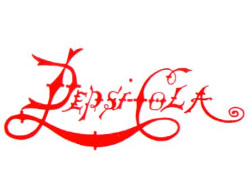
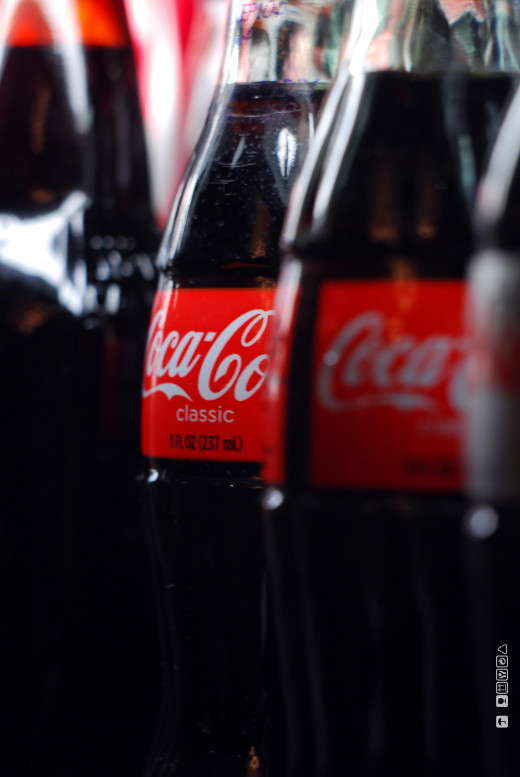
The Substitute Goods and Price Elasticity
If you are analyzing a specific product that has a substitute good, you will probably find that the price elasticity will be greater than normal. That happens because the consumers will be available to buy the substitute good if the price increases, specially on price sensitive markets.
Is some markets, if there is a brand that is widely known and trustworthy, the price elasticity for the product is lower, because even if there are substitute goods, the consumers will be loyal to the brand that they have been buying for years.
If you analyze an overall market, like the water market, the elasticity will be very low, since the only substitute would be juices and others. But the consumers will never stop buying something to drink, even if the price suffers a great change, they will not buy other things to buy something they need to survive.
The Necessity and Elasticity
The Water market is a great example of necessity, people need water to survive.
The higher the necessity, the lower will it be the price elasticity. when people need a product they will buy it for sure, products like food, water and drugs will have a very low elasticity since the consumers cannot replace it by anything and it is needed for survival, making these products a first priority.
Products like TVs, clothes and jewels are not so necessary to buy too many times. When the prices of these products rises, people tend to use what they have for more time, not spending so much money. Clothes are a good example, people need clothes for everyday use, however if there is a change in price, people will change their habits, if the clothes are cheaper, the consumers will buy more clothes since they have the opportunity of having a new look, but if the prices are higher, people prefer to save some money and use some patches.
Examples of Price Elasticities in the US
Product
| Elasticity
|
|---|---|
Car Fuel (Short Run)
| -0.09
|
Cinema Visits
| -0.89
|
Bus Travel
| -0.20
|
Coca-Cola
| -3.80
|
Brief explanation of the examples
In the short run car fuel has not a significant change, that is due to the consumer behavior when there is a price change of gas. People still need to move to their work and commitments, so they will not stop driving their car.
The Bus travel follows the same idea as the car fuel, people still need to use it.
Cinema visits have lower/"higher" elasticity, since it is a superfluous thing, but people still like to go and the cinema addicts will not stop going if the price rises.
Coca-Cola is a product with a more price elastic demand, since there are several substitutes and it is not essential, people easily skip buying coca-cola if there is a price change.
More about the use of the Elasticity of the Demand Curve
- What is Supply and Demand?
The Supply and the Demand are the basic two sides of the Free Market Economy. They are essential to understand how the economy flows and how the price and quantities in the market are defined.


